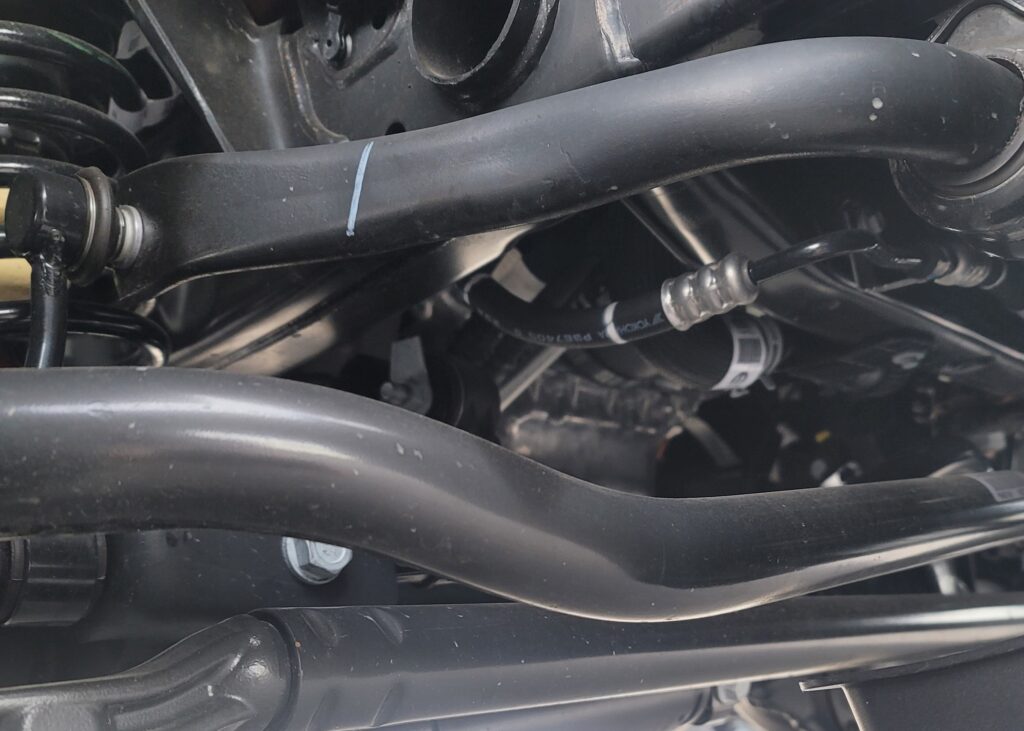What Is a Jeep Sway Bar?
Understanding the Role of a Sway Bar in your Jeep
When it comes to the anatomy of your Jeep’s suspension system, one component that plays a crucial role in ensuring stability and control is the sway bar, also known as an anti-roll bar or stabilizer bar. This often-overlooked part serves a vital function in keeping your vehicle steady during turns and maneuvers, especially at higher speeds.
How Does a Sway Bar Work In a Jeep?
At its core, a sway bar is a metal rod that connects the left and right sides of the suspension. Its primary function is to reduce body roll when the vehicle is cornering. When you take a turn, the weight of the car shifts to the outside wheels, causing the body to lean towards the inside of the turn. This phenomenon is known as body roll. The sway bar works by transferring some of this weight from the outside wheels to the inside wheels, thereby reducing body roll and improving stability.
Components of a Jeep Sway Bar System
A typical sway bar system consists of several components:
- Sway Bar: This is the main component, usually a solid steel bar, that connects the left and right sides of the suspension.
- End Links: These are the links that connect the sway bar to the suspension arms or struts. They allow the sway bar to move freely and adjust to the movement of the suspension.
- Bushings: Sway bar bushings are rubber or polyurethane mounts that hold the sway bar in place and reduce noise, vibration, and harshness (NVH) transmitted from the road.
- Brackets and Mounts: These are the metal brackets that secure the sway bar to the chassis of the vehicle.

Benefits of a Sway Bar
Investing in a high-quality sway bar system offers several benefits, including:
- Improved Stability: By reducing body roll, a sway bar helps improve stability and control, especially during aggressive maneuvers or emergency situations.
- Enhanced Cornering Performance: With less body roll, your vehicle can maintain better traction and grip during cornering, allowing for smoother and more precise handling.
- Reduced Understeer and Oversteer: Sway bars can help mitigate both understeer (when the front tires lose grip and the vehicle continues straight) and oversteer (when the rear tires lose grip and the vehicle fishtails).
- Increased Comfort: While sway bars are primarily designed for performance, they can also improve ride comfort by reducing body roll and minimizing the feeling of being tossed around in the cabin.
What is The Warranty On A Sway Bar?
Generally the sway bar warranty covers defects in materials and workmanship for a specified period. This should be covered under your Jeep Powertrain Warranty. For more details on the warranty coverage on your sway bar you should contact your local dealer.
Choosing the Right Sway Bar
When selecting a sway bar for your Jeep, there are several factors to consider:
- Vehicle Type and Application: The sway bar you choose should be compatible with your Jeep’s model, and suspension setup. Additionally, consider your driving style and whether you prioritize performance or comfort.
- Material and Construction: Sway bars are typically made of steel or sometimes lightweight materials like aluminum. The diameter of the bar and the thickness of the walls affect its stiffness and performance.
- Adjustability: Some sway bars come with adjustable end links or multiple mounting points, allowing you to fine-tune your suspension setup for different driving conditions or preferences.
- Bushings and Mounts: High-quality bushings and mounts are essential for proper sway bar function and durability. Consider upgrading to polyurethane bushings for improved longevity and performance.
- HD Sway Bars: In some off-road up fitted vehicles you may want to consider a Heavy Duty Sway bar. Sometimes if your vehicle has the Death Wobble a HD Sway Bar in combination with a upgraded Steering Stabilizer can help or fix the issue.

Installation and Maintenance
While installing a sway bar system is a relatively straightforward process, it’s essential to follow the manufacturer’s instructions carefully and use the correct tools. Improper installation can lead to issues like noise, premature wear, or even suspension damage.
Additionally, regular maintenance is crucial to ensure the optimal performance and longevity of your sway bar system. This includes inspecting the bushings and mounts for signs of wear, checking for any loose or damaged components, and lubricating the bushings if necessary.
Conclusion
In conclusion, a sway bar is a critical component of your vehicle’s suspension system, playing a vital role in improving stability, control, and cornering performance. By understanding how sway bars work and selecting the right one for your vehicle, you can enjoy a smoother, more controlled driving experience. Remember to prioritize proper installation and maintenance to maximize the benefits of your sway bar system.




